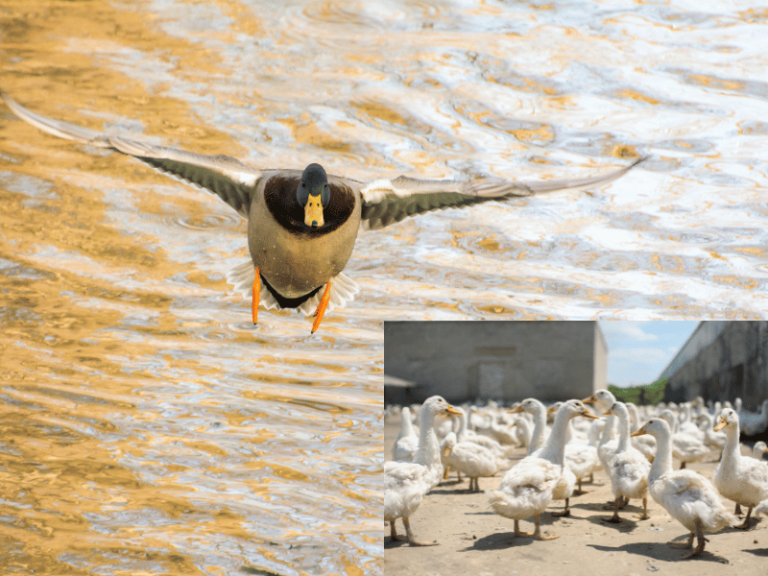Ducks are waterfowl that spend most of their day in water, foraging for small aquatic animals and plants. Domestic ducks are derived from a wild duck species (mallard) and have larger bodies, lay more eggs, and have lost the ability to migrate and fly long distances.
Why has the nature of domestic ducks changed like this? It’s because over many years, humans have domesticated ducks and selectively bred them. People didn’t want them to fly away; instead, they wanted to keep them in gardens to eat their meat and eggs. Thus, they have diligently fed and nurtured them for generations. In this domestic environment, over time, ducks’ natural inclination to fly has been changed so that they no longer possess the ability to fly. Even for wild ducklings, they start flying very late, almost reaching adulthood before they can fly. This is quite different from chickens. Chickens are birds that live on land, and their chicks start learning to fly as soon as they grow feathers. The main reason for this difference lies in their respective environmental conditions. For example, chickens can easily escape predators by flying into bushes and trees. On the other hand, ducks in rivers and lakes can evade predators by diving underwater, as flying out of the water would make them more vulnerable to detection by enemies.

